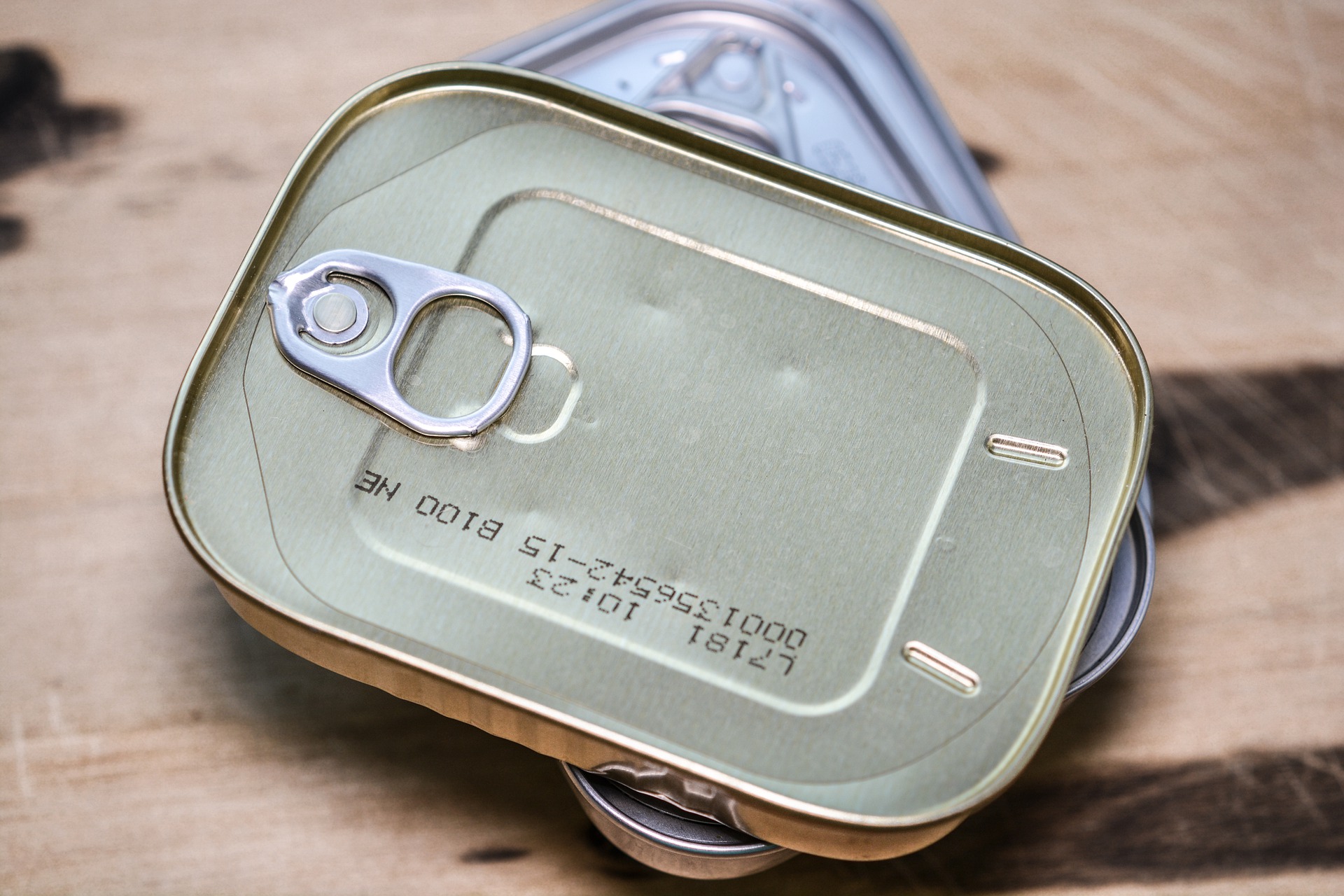How BPA is Sneaking Into Your Everyday Life
BPA (Bisphenol A) - We’ve hopefully all heard by now to steer clear of this hazardous chemical. I think most of us would like to believe that switching over to “BPA-free” water bottles is the magic cure-all to the issue (myself included). Unfortunately, it goes much deeper than a water bottle. Here are a few reasons why you should be concerned and how to avoid BPA.
1. WHAT IS BPA ANYWAY?
Bisphenol A is a synthetic estrogen. It’s mostly used to make plastic products and used as lining on the interior of canned food acting as a protection against corrosion, bacteria and dissolved metals.
2. THE BAD AND THE UGLY
In short, BPA is known as an endocrine disrupter. If you’re sitting there thinking, “umm…what’s my endocrine system again?” I got you covered. Your endocrine system is made up of your pituitary gland, thyroid gland, parathyroid glands, adrenal glands, pancreas, ovaries, and testicles. Am I getting any “Ah-ha” moments yet? BPA is disrupting our endocrine system (AKA our hormonal secretions) because it mimics estrogen.
Okay, so what does this actually translate to in our body?
For women trying to conceive, it decreases egg quality, lowers natural estrogen levels and fertility. It’s also been shown to harm the stability of the uterine environment for embryos
If that’s not enough, statistics show that women who struggle with recurrent miscarriages have higher levels of BPA in their systems
BPA lowers testosterone levels in men, which can lead to low sperm count, erectile dysfunction, and other sex related problems
On the counter, BPA raises testosterone levels in women, making things much worse for women already struggling with PCOS
It’s been known to cause insulin resistance, which can lead to Diabetes II and also cause more problems for women with PCOS
There’s a higher risk for hormone dependent cancers such as breast and prostate cancer because of the daily influx synthetic hormones
In babies, it can inhibit structural and brain development.
3. ITEMS YOU NEVER THOUGHT COULD HARM YOU
Let’s start with the kitchen. Most BPA is found in thick, sturdy plastic products that are meant for repeated use like tupperware. If you see it’s made with polycarbonate, steer clear. The problem is that once this plastic is damaged by heat or cleaning chemicals, it starts to leach out BPA into everything it comes in contact with, like your food.
Your pantry isn’t safe either. BPA leaches into canned food, especially canned tomatoes and other foods with high acidity.
For all the coffee lovers, if you’re using a plastic coffee machine, chances are you’re consuming BPA.
If you’re one of the billions of parents, you’ve probably already heard of the recent FDA ban of BPA being used in bottles and Sippy Cups, yet after the countless studies showing it’s harmful effects the FDA still maintains that BPA is safe and harmless. Toys, pacifiers and other baby products should be purchased with extra caution.
BPA is coated on all receipts, movie tickets and airline tickets, basically anything printed with thermal paper. Whether you’re shuffling through receipts for taxes, or work in an industry that has you handing off receipts to customers, you’re being exposed to BPA.
4. STEPS TO AVOID BPA
Sadly, it seems almost impossible to completely eliminate BPA from our daily lives. What we can do in order to significantly decrease our exposure is to start replacing products with ones that are BPA-free.
Invest in Tupperware and water bottles made out of glass or stainless steel.
Fresh is best! Try not to rely on foods that require canning, and go for the fresh produce instead.
Opt for canned food companies that have switched to cardboard boxes, or BPA-free cans.
Switch to a coffee maker not made with plastic, like a French press or one made with stainless steel.
If you MUST use plastic, make sure to use it for cold temperature items and hand-wash only.
Limit your handling of receipts, or wear gloves if you handle them regularly for work.
Check the labels on plastic products to lower your exposer, here’s a guide:




